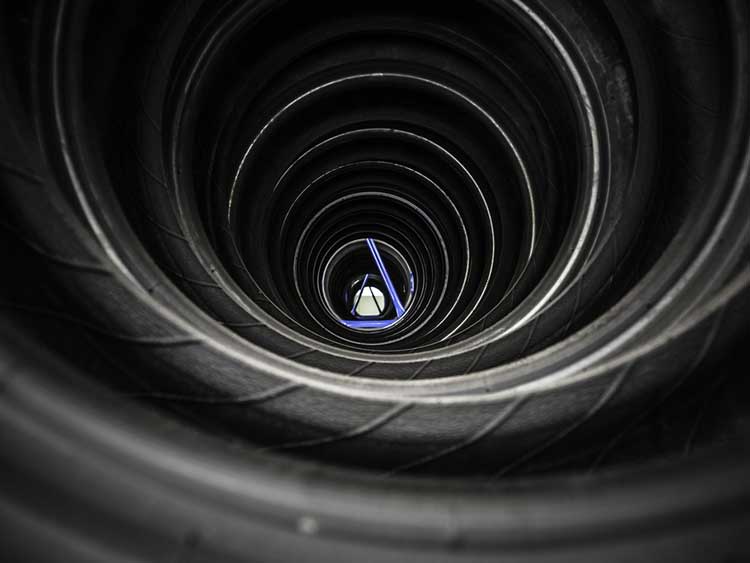How to Maintain Your Tires
Last updated November 2024

Whichever tires you buy, a key to getting the highest possible value is to maintain them properly. Some guidelines:
Keep the Right Balance
Have tires balanced when you buy them. Stores or shops should do this for no extra charge during installation. Then have them rebalanced if you experience vibration or uneven tread wear.
Rotation Isn’t Worth Paying Extra For
Periodically rotating tires extends tread life by allowing even wear, but note that the tread life gained from regular rotation likely won’t offset the cost of rotating them.
If your tire seller or repair shop will rotate tires for free (as warehouse clubs and most major tire chains do), then sure, go ahead and do it; but if you have to pay a fee, skip it.
Avoid Misalignment
Misalignment of wheels can result from a bad jolt, such as hitting a pothole. It can cause your steering system to pull to one side or the other, producing uneven tire wear. Notice these problems? Have your alignment corrected.
Monitor Pressure
Most important is maintaining proper tire pressure, as measured in pounds per square inch (psi). Underinflated tires run hotter and wear faster—and are more subject to tread separation. Overinflation causes tires to bounce rather than absorb some shocks, reducing traction. Maintaining proper pressure also saves on gas.
You can’t tell if your tires are inflated correctly by just looking at them. A 30 percent underinflated radial tire can look the same as a properly inflated one.
When you get your car serviced, make sure the shop checks and adjusts tire pressure. Between service appointments, check pressures yourself monthly. Tires lose pressure through normal use—about one psi a month. Seasonal temperature differences greatly affect pressure; pressure increases or decreases about one psi for every 10 degree change in air temperature.
Other Tips
Maintain tire pressure according to your car manufacturer’s recommendations, as shown on the sticker/placard found on the vehicle’s door edge, doorpost, glove box door, or fuel door. Ignore the tire pressures shown on the tires; these are minimums and maximums for the tire, not optimal pressures for your car.
Check tire pressure when tires are “cold”—after your car has been sitting overnight or has not been driven for a few hours.
Check all four tires and your spare (even little space-saver ones). Space-savers require a different pressure than the other tires, but unlike regular tires, the number on the spare itself is the correct pressure.
Beginning in 2008, federal law mandated that all cars must be equipped with a basic tire-pressure monitoring system that warns drivers if tire pressure drops more than 25 percent below recommended levels. You’ll still need to regularly check tire pressure. A typical recommended pressure is 32 psi. Underinflation by, for example, six psi is common, and substantially increases tread wear and decreases mileage—but is still short of the 25 percent warning threshold.


